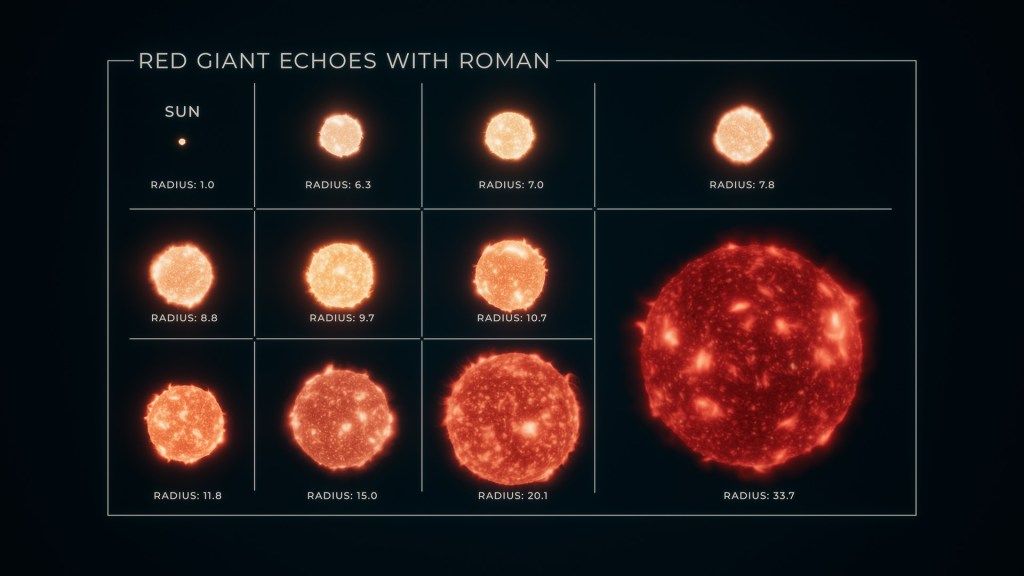Perseverance View of the Delta in Jezero Crater
| Credit | NASA/JPL-Caltech/ASU/MSSS |
|---|---|
| Language |
|
From its landing site, “Octavia E. Butler Landing,” NASA’s Perseverance rover can see a remnant of a fan-shaped deposit of sediments known as a delta with its Mastcam-Z instrument. Scientists believe this delta is what remains of the confluence between an ancient river and a lake at Mars’ Jezero Crater. The delta remnant is the raised area of dark brown rock in the middle ground this image acquired on Feb. 22, 2021.
An annotated version of the image shows a scale bar for 30 feet (10 meters). The delta remnant is about 1.4 miles (2.3 kilometers) to the west of the Perseverance landing site. The visible portion of the remnant is about 660 feet (200 meters) across. In the foreground is a boulder about 6 feet (2 meters) across that is about 425 feet (130 meters) from the rover. The image colors portray an estimate of the natural color of each scene, or approximately what the scene would look like if we viewed it with human eyes.
A key objective for Perseverance’s mission on Mars is astrobiology, including the search for signs of ancient microbial life. The rover will characterize the planet’s geology and past climate, pave the way for human exploration of the Red Planet, and be the first mission to collect and cache Martian rock and regolith (broken rock and dust).
Subsequent NASA missions, in cooperation with ESA (European Space Agency), would send spacecraft to Mars to collect these sealed samples from the surface and return them to Earth for in-depth analysis.
The Mars 2020 Perseverance mission is part of NASA’s Moon to Mars exploration approach, which includes Artemis missions to the Moon that will help prepare for human exploration of the Red Planet.
NASA’s Jet Propulsion Laboratory, which is managed for NASA by Caltech in Pasadena, California, built and manages operations of the Perseverance rover.
For more about Perseverance: mars.nasa.gov/mars2020/
































